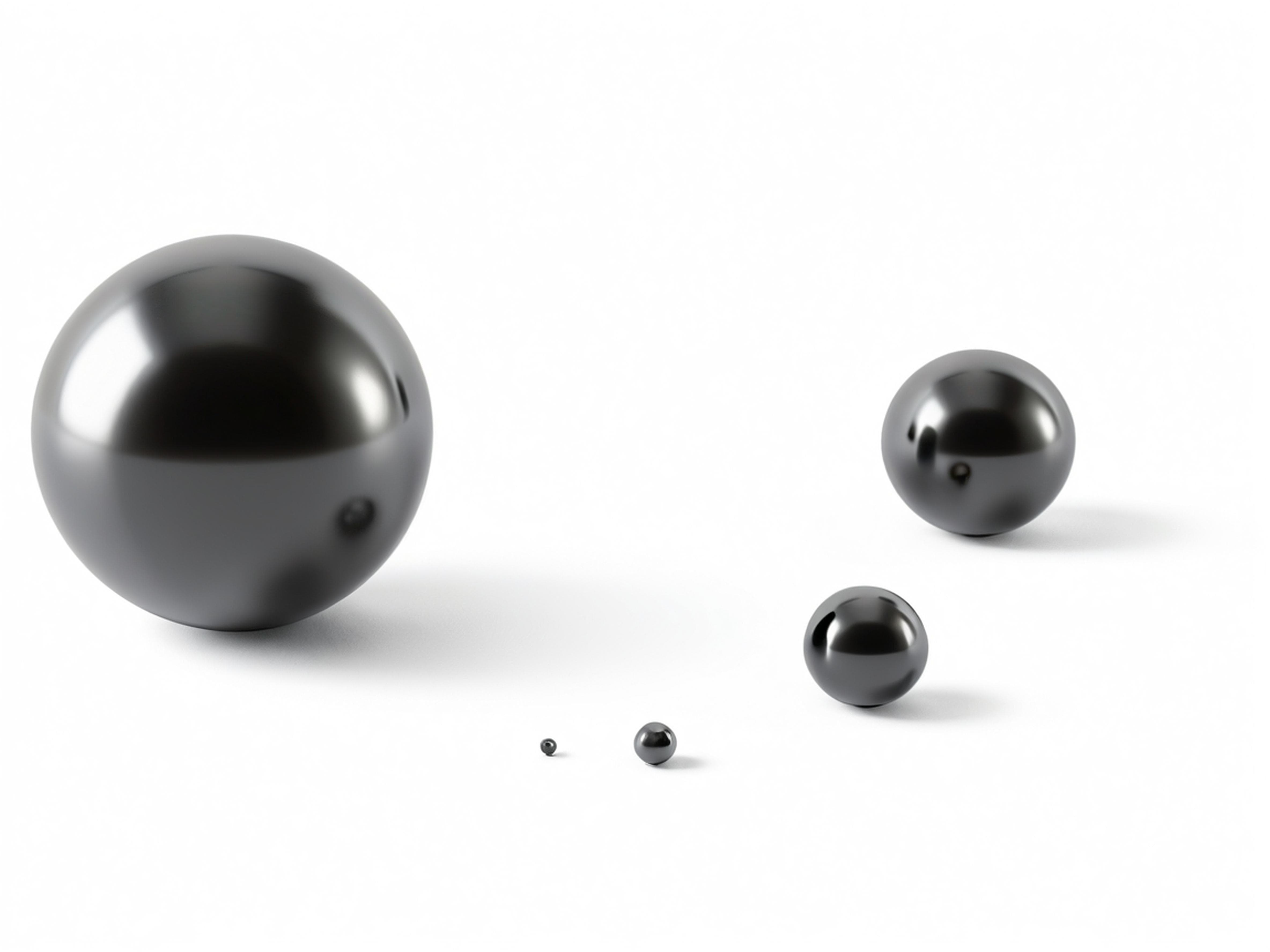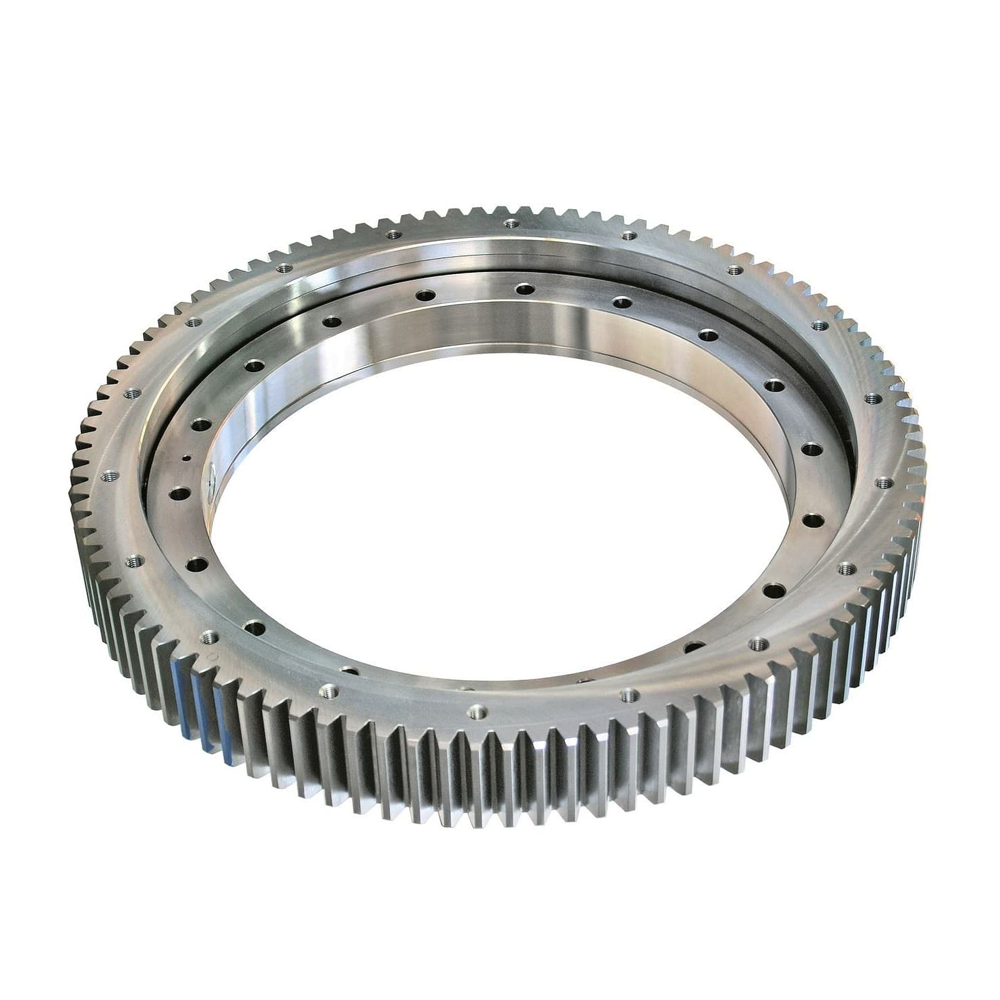Si3N4 Ceramic Bearings & Electric Vehicle Industry
For the sake of environmental protection, the electric vehicle industry has been growing rapidly in recent years. The electric vehicles in China...

Silicon nitride balls are advanced ceramic components known for their high temperature and high-speed performance. How are silicon nitride balls made?
In this blog, we will walk you through each step of the manufacturing process.
By the end, you will gain a comprehensive appreciation of the craftsmanship and precision required to produce these advanced ceramic components.
.jpg?width=465&height=465&name=%E5%BE%AE%E4%BF%A1%E5%9B%BE%E7%89%87_20240913095703_compressed(1).jpg)
Silicon nitride is a ceramic material known for its high hardness and low density.
It provides excellent wear resistance and electrical insulation.
Additionally, it offers remarkable thermal and chemical stability.
_compressed(1).jpeg?width=503&height=407&name=127cdle3adcc7I67acd94B3o5ecV3451391VbC3V04aUai8l0Z8S7zaRfEdWf77S(1)_compressed(1).jpeg)
|
Comparison of Properties: Silicon Nitride, M50 Steels, and 440C Stainless Steel |
||||
|
Properties |
Unit |
Si₃N₄ (Ceramic) |
M50 (Tool steel) |
440C (Stainless steel) |
|
Metallic/ non metallic |
|
Ceramic |
Tool steel |
Stainless steel |
|
Density |
kg/m³ |
3190 |
7850 |
7800 |
|
Bending strength |
MPa |
867 |
2400 |
2400 |
|
Tensile strength |
MPa |
414-1000 |
1720 |
1790 |
|
Working temperature |
°C |
800 |
538 |
300 |
|
Weibull modulus |
|
14 |
|
|
|
Fracture toughness |
MPa m¹/² |
41-53 |
|
|
|
Young’s modulus |
GPa |
303 |
208 |
|
|
Poisson ratio |
|
0.28 |
0.3 |
0.3 |
|
Hardness (Rc) |
|
75-80 |
62 |
66 |
|
Thermal shock resistance |
ΔTK |
500/700 |
|
|
|
Thermal conductivity |
W/mK |
26 |
28 |
24.2 |
|
Thermal expansion |
10⁻⁶/K |
2.7 |
12.5 |
10.2 |
|
Specific heat |
kJ/kgK |
0.76 |
0.46 |
0.46 |
Silicon nitride bearing balls are used in key industries, such as:
This section provides a detailed introduction to the primary raw materials used in si3n4 ceramic balls. It highlights the importance of material purity.
Additionally, it explains the process of mixing the raw materials and other typical preparation techniques.
High-purity silicon powder is the basic material. It serves as the primary source of silicon in the silicon nitride balls.
Nitrogen gas is used during the nitriding process. In this chemical reaction, silicon powder reacts with nitrogen at high temperatures to form silicon nitride (Si₃N₄).
Small amounts of sintering aids are added during the sintering process. This enhances the mechanical properties of the final product.
Silicon nitride powder is blended with additives like yttria.
Achieving a uniform mix is crucial for consistent quality and performance.
The additives also help with better bonding and enhance the final product's properties.
Sieving removes large particles to ensure uniformity.
The silicon nitride powder is finely ground and mixed with additives during ball milling.
Here is a brief introduction to the two processes of cold isostatic pressing and mold pressing.
It particularly emphasizes the significance of pressure uniformity to avoid flaws in the final product.
Cold isostatic pressing of si3n4 bearings starts by placing the mixed silicon nitride powders into a flexible mold. High pressure is applied uniformly from all directions in a fluid-filled chamber. This compacts the powders into a dense spherical shape.
Pressure uniformity during cold isostatic pressing is essential for even compaction of the silicon nitride powder. It helps prevent density variations, cracks, or voids. These flaws could otherwise affect the quality of the final product.
Molds are used in pressing techniques to shape raw materials into uniform and precise ball shapes. They provide a defined cavity for the material to take form.
In conjunction with either cold isostatic pressing or mold pressing, the raw material is placed into the mold. Pressure is applied uniformly, ensuring the material fills the mold evenly.
This eliminates air pockets or inconsistencies. The controlled process ensures high precision and uniformity in the final ball shape. This precision is critical for applications requiring exact dimensions and smooth surfaces.
Here are the details of the HIP process and atmospheric pressure sintering. The discussion mainly focuses on how the HIP process achieves the final density and mechanical properties. It also includes a comparison between the HIP process and atmospheric pressure sintering.
The HIP process involves sintering pre-formed silicon nitride balls under high pressure and temperature. This takes place in a chamber filled with an inert gas like argon, which prevents oxidation. This process ensures the balls become fully dense, strong, and durable.
The process uses high temperature and pressure to eliminate internal porosity. This creates a fully dense and uniform structure.
Densification improves the material's strength, hardness, and fracture toughness. It also reduces the chances of wear and cracks.
By ensuring even density, HIP enhances the material's durability and performance, making it suitable for demanding applications where reliability is crucial.
Atmospheric pressure sintering is a more affordable and straightforward process. However, it can leave some residual porosity.
In contrast, HIP is more costly and complex. It achieves higher density and better mechanical properties by combining heat with high pressure.
This makes HIP ideal for applications requiring the highest levels of strength and durability.
Atmospheric pressure sintering is usually done at temperatures between 1,600°C and 1,800°C for silicon nitride (or specific ranges for other silicon nitride ceramics) for 1 to 4 hours.
The process takes place in a controlled atmosphere, such as nitrogen or argon, with carefully controlled heating and cooling to help the material become dense and reduce defects.
This section covers the grinding and polishing process using diamond abrasives. It focuses on achieving the required surface finish and sphericity. This step is crucial for ensuring low friction and long service life.
The grinding process for silicon nitride balls uses specialized grinding machines with rotating abrasive wheels. These machines shape the pre-sintered or HIP-processed balls to meet exact specifications.
Diamond abrasives are used for grinding silicon nitride balls because of their superior hardness. This enables precise shaping of the balls. It also ensures smooth surface finishes, which are crucial for high-performance applications.
The polishing process for silicon nitride balls gradually improves the surface finish and sphericity using fine diamond abrasives.
The balls are rotated between polishing plates. They are also pressed during this process.
Finally, the balls are inspected to ensure they meet exact standards for surface smoothness and dimensional accuracy.
The polishing step reduces surface roughness. It also improves the sphericity of the balls. This helps minimize wear, friction, and heat generation during operation.
It is crucial for high-performance applications like bearings, where smooth interaction and durability are essential.
This section explains how silicon nitride balls are tested. It also covers testing for thermal shock resistance and electrical insulation. These test parameters are crucial for ensuring optimal performance.

Silicon nitride balls are checked for dimensional accuracy and sphericity using precise machine tools. These tools include the following:
The tools measure the ball's diameter. They also detect any deviations from a perfect spherical shape. This ensures the dimensions meet strict tolerances for quality and performance.
Dimensional accuracy is critical because even slight variations in size can affect the ball's fit within bearings or other components. This can result in improper load distribution and increased wear. In high-precision applications, these issues can lead to failure.
Sphericity is equally important because deviations from a perfect sphere can cause uneven rotation. This results in increased friction and wear on the bearings.
Such issues can reduce the performance and longevity of the ceramic bearings. Maintaining precise sphericity is especially critical in industries like aerospace, automotive, and defense.
Bearings in these fields must operate smoothly under extreme conditions for high performance.
Silicon nitride balls are tested for compressive high strength to ensure they can handle high loads. They are also tested for fracture toughness to resist cracking under stress.
Additionally, hardness is measured to assess wear resistance, all of which are crucial for durability in demanding applications.
Silicon nitride balls are tested for thermal shock resistance. This ensures they can withstand rapid temperature changes without cracking.
For silicon nitride balls, these tests confirm that the material can prevent the flow of electricity. This makes it suitable for applications involving high temperatures or requiring electrical insulation.
This section outlines the final inspection processes. It also covers the packaging methods used to protect the silicon nitride balls during transportation and storage.
A visual inspection is also performed before shipping. This ensures they meet quality standards.
We invite you to explore more about this advanced material. If your industry could benefit from silicon nitride balls, feel free to reach out. Contact us today for more information.

For the sake of environmental protection, the electric vehicle industry has been growing rapidly in recent years. The electric vehicles in China...

Slewing bearings are essential mechanical components that manage axial, radial, and moment loads. They play a critical role in industries such as...

This guide explores pioneering global manufacturers of slewing bearing with a strong presence in the USA”. These components are engineering marvels,...